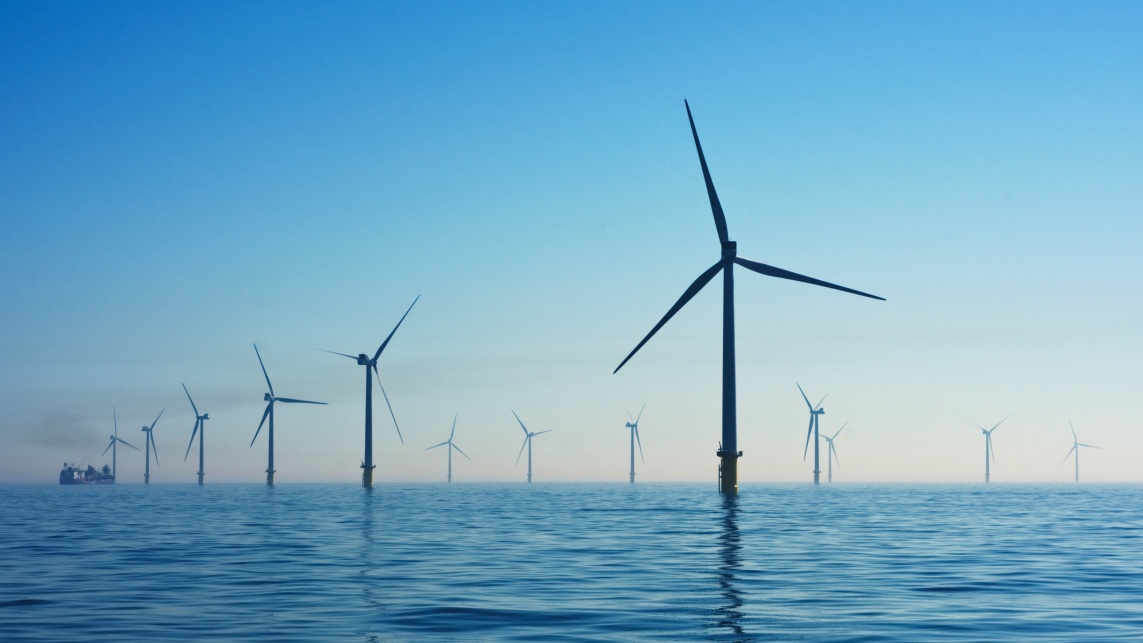Stay up to date with our work
Our monthly updates are a great way for you to stay up to date with our work, events, and higher education news.
Last updated on Friday 9 Jun 2023 at 10:58am

Try as I might, it's been hard to track progress at COP26 from home, attempting to follow things, to get to grip with what happens in the various ‘zones’, the sheer number of topics being addressed, the negotiations, the daily announcements. What constitutes a meaningful commitment and what is simply spin? The complexity of the issues and implications of what is at stake feels overwhelming and the latest predictions and indications of the world being on course for 2.4°C warming (or possibly more) are terrifying. There are tensions everywhere you look and at one level there are no easy answers.
The same can be said of international higher education. Rankings show that the most impactful and successful higher education institutions are those that are the most ‘international’, whether you look at research collaboration, citations, international partnerships, international student recruitment, numbers of international staff, or student and staff mobility. The astonishing development of Covid vaccines have come about through international scientific collaboration, and the higher education sector is leading the way in identifying and developing solutions to many of our seemingly intractable climate-related challenges.
But there is an inevitable tension between these international activities and their impact on the planet – a negative impact, through international conferences, field trips, speaking engagements, and student and staff mobility, as well as the formation of international campuses and transnational education partnerships involving (at least in pre-Covid times) regular ‘flying faculty’. Every year hundreds of thousands of international students travel to the UK to begin or continue their university experience, not to mention their flights back home to family for holidays. All these add to a university’s carbon emissions.
However, to quote Spider-Man, with great power comes great responsibility. It is tempting to suggest that all this international engagement is unnecessary and only contributes to the problem. However, the answer to the climate crisis cannot (and must not) be to rein in international engagement and to draw away from travelling, sharing knowledge and meeting people in person to build relationships. These are all essential parts of the process for finding solutions and building a common understanding.
Earlier this year, at UUKi, we set up an internationalisation and climate change task and finish group, chaired by Richard Davies, Pro-Vice-Chancellor (Global) at Newcastle University, that explored these tensions and identified some actions. The group was made up of senior international and sustainability staff at higher education institutions, and I want to highlight three areas (and follow-on questions) discussed by the group that we have agreed to do more work on:
Strategic alignment – is your international strategy aligned with your sustainability strategy? Do they reference each other; do they complement each other? Do your teams engage with one another internally?
Data awareness and reporting – do you know what proportion of your institution’s carbon emissions your international activities make up? How can you measure this, and what are your reduction targets? How can you make any reductions fair and equitable?
Connections and networks – who else is doing good work in this area? What networks exist to support your efforts? The Climate Action Network for International Educators are doing much good work, as are the COP26 Universities Network. But are there more opportunities for universities to collaborate rather than compete?
By knowing more, we can do more. The speech that has stayed with me the most from COP26 was that given by the Prime Minster of Barbados, Mia Mottley, on day one. It’s well worth a watch, if you haven’t already. The Prime Minister exhorts the audience to engage and reminds them of the existential threat that climate change poses to her nation.
Mia Mottley’s cry of “Try harder” reminds me that there is always more we can do. And that it’s much easier to combine forces and share experiences than to go it alone. Higher education institutions are already doing a huge amount to combat the worst effects of climate change, and working together we can surely achieve so much more.
Our monthly updates are a great way for you to stay up to date with our work, events, and higher education news.